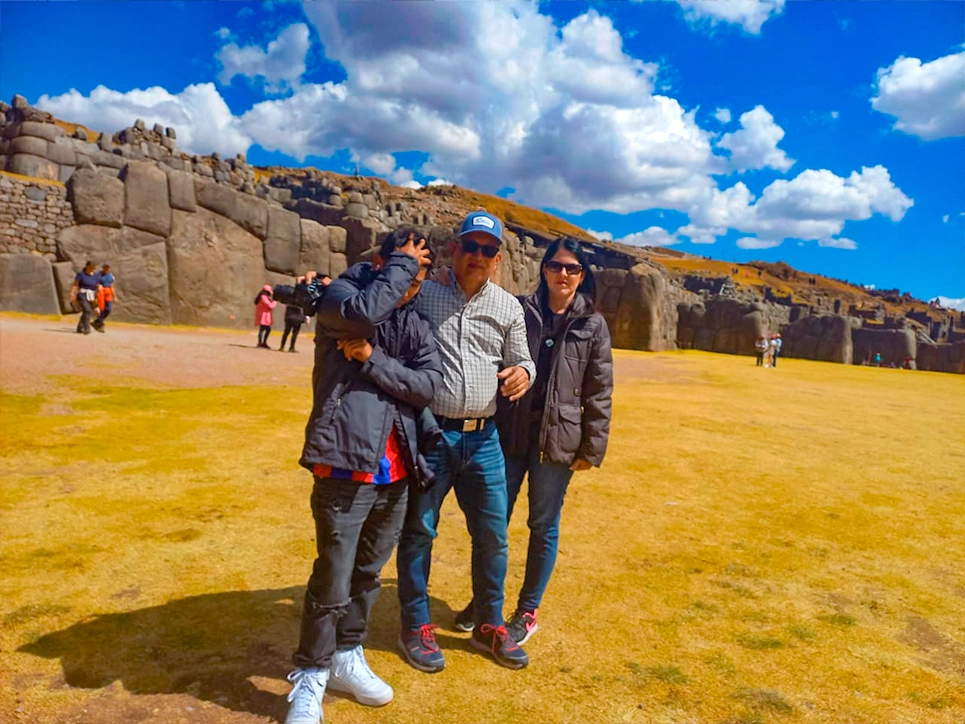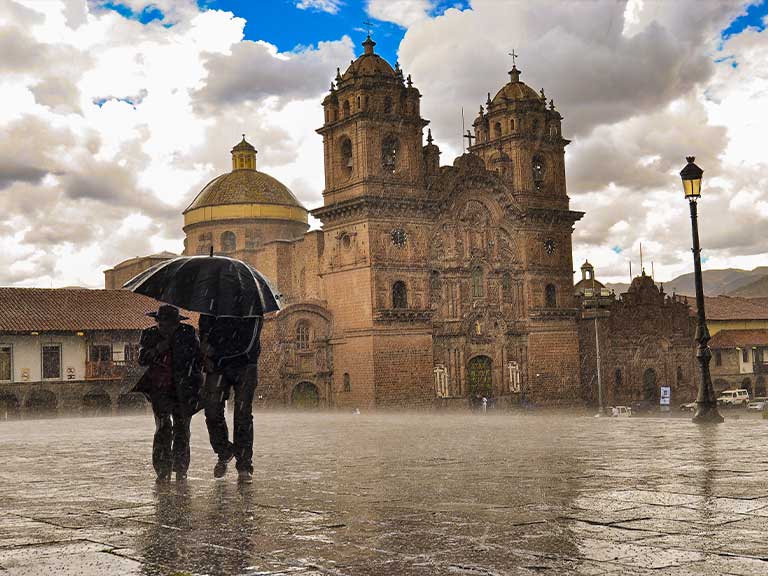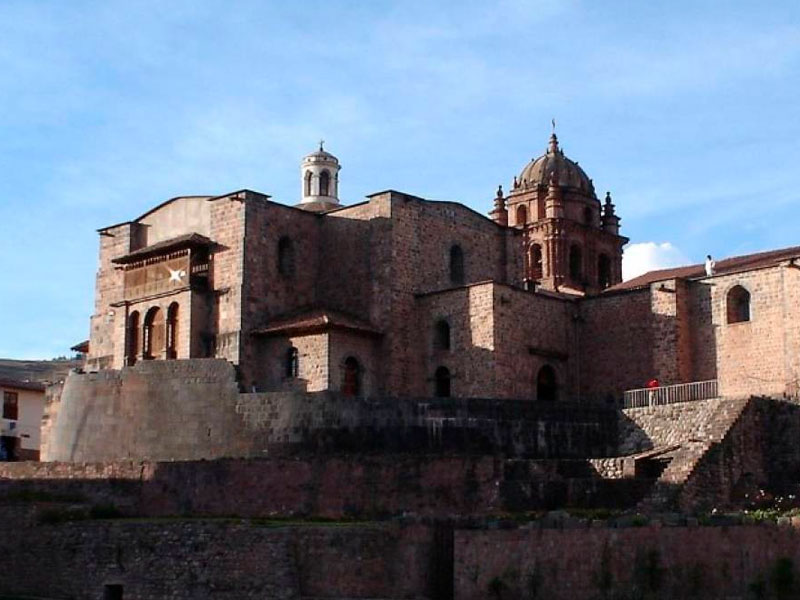- Home
- Cusco
- Full Day
- Trekking
- Programs
- National Programs
- National Program: Cusco and Puno 7D/6N
- National Program: Cusco – Puno and Arequipa 9D/8N
- National Program: Lima, Ica and Cusco 9D/8N
- National Program: Lima, Ica, Nazca and Cusco 9D/8N
- National Program: Lima, Ica, Cusco and Puno 11D/10N
- National Program: Lima, Ica, Nazca, Cusco and Puno 12D/11N
- National Program: Lima, Ica, Nazca, Cusco, Puno and Arequipa 15D/14N
- Programas Cusco
- National Programs
- Contact us at

 City tour. The traditional journey where we will visit the city of Cusco and 4 archaeological sites surrounding the city, is a trip which we have daily departures. You can take the tour in the morning at two times (9:00 am and 10:00 am) or in the afternoon (13:00). Pickup is 20 minutes before the start time of your tour, according to the schedule you chose. The tour duration is approximately 5 hours.
City tour. The traditional journey where we will visit the city of Cusco and 4 archaeological sites surrounding the city, is a trip which we have daily departures. You can take the tour in the morning at two times (9:00 am and 10:00 am) or in the afternoon (13:00). Pickup is 20 minutes before the start time of your tour, according to the schedule you chose. The tour duration is approximately 5 hours.





